Navigating a Career in Energy Policy and Advocacy
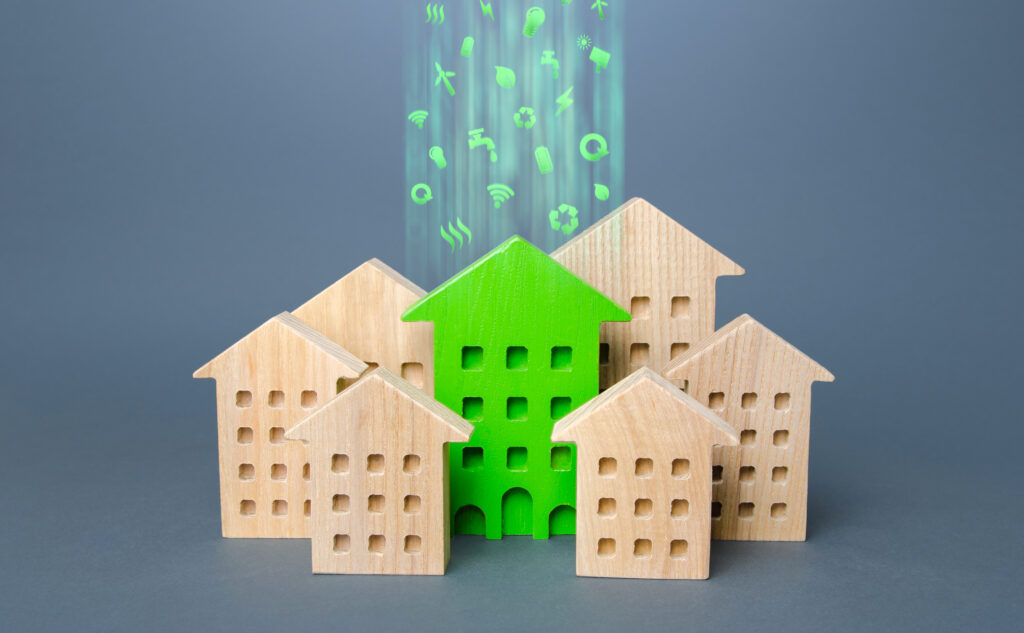
In a world, ever more attuned to the pressing need for environmentally conscious solutions, the realm of energy policy and advocacy emerges as a game changing arena of action. This exciting domain has the potential to not only shape the trajectory of energy systems—it has the power to manipulate the very fabric of our global commitment to a greener future.
Shining a Light on Solar Energy Jobs: Pathways and Opportunities
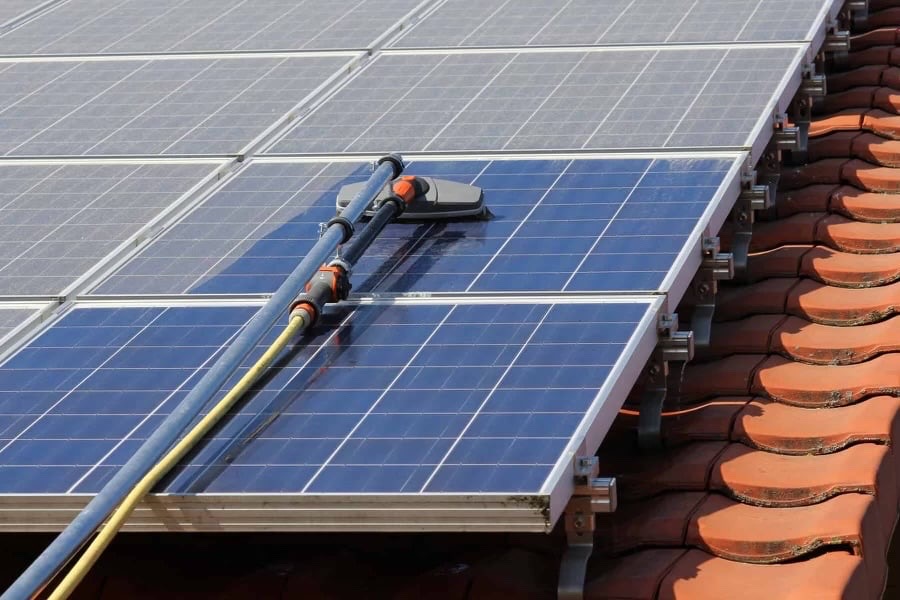
Sustainability and environmental consciousness are becoming increasingly paramount in our modern environment, augmenting the need to maximize our renewable energy resources. Since the Industrial Revolution, energy has demonstrated a pattern of highlighting the birth of new eras, catapulting new technology into existence, and often improving our quality of life. However, it has also become evident that today’s solutions often prove to be tomorrow’s problems.
From E-Waste to Ecosystems: Finding Sustainability in the Tech Industry

The era of rapid technological advancements and ever-increasing consumer culture is in full swing. Thanks to energy and innovation, our lives have rapidly become intertwined with smartphones, computers, cars, and other forms of personal technology. They have allowed people to access a level of convenience, comfort, and communication never before seen.
The Future of Sustainable Agriculture

People have been fighting, experimenting, and inventing in the name of food and access to natural resources since the beginning of humanity. Thanks to the Industrial Revolution, advancements in technology and innovation skyrocketed. The constant improvements experienced in industrial productivity were mirrored, thanks to new technology, by the agriculture industry and resulted in the ability […]
How Solar Power Can Save the Bees
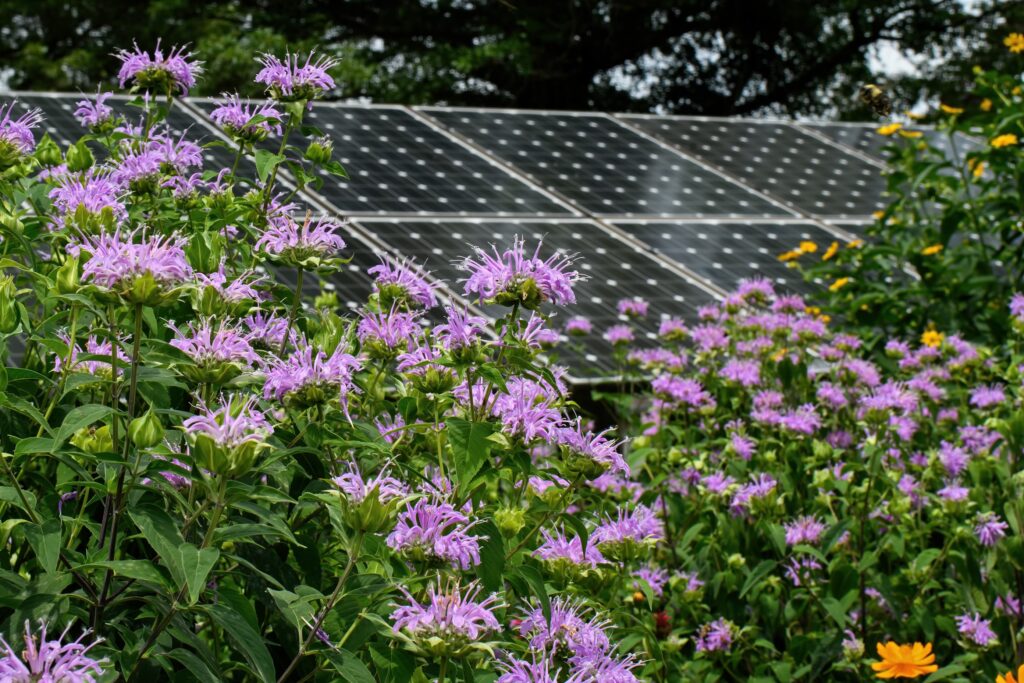
Scientists estimate that 35% of the world’s food production and 75% of its flowering plants rely on bees and other pollinators. These insects and animals were once a flourishing part of the ecosystem. Many even considered them pests. However, as the planet began to experience the effects of climate change, and pollution, the delicate ecosystems […]
4 Alternatives to Concrete You Need to Discover
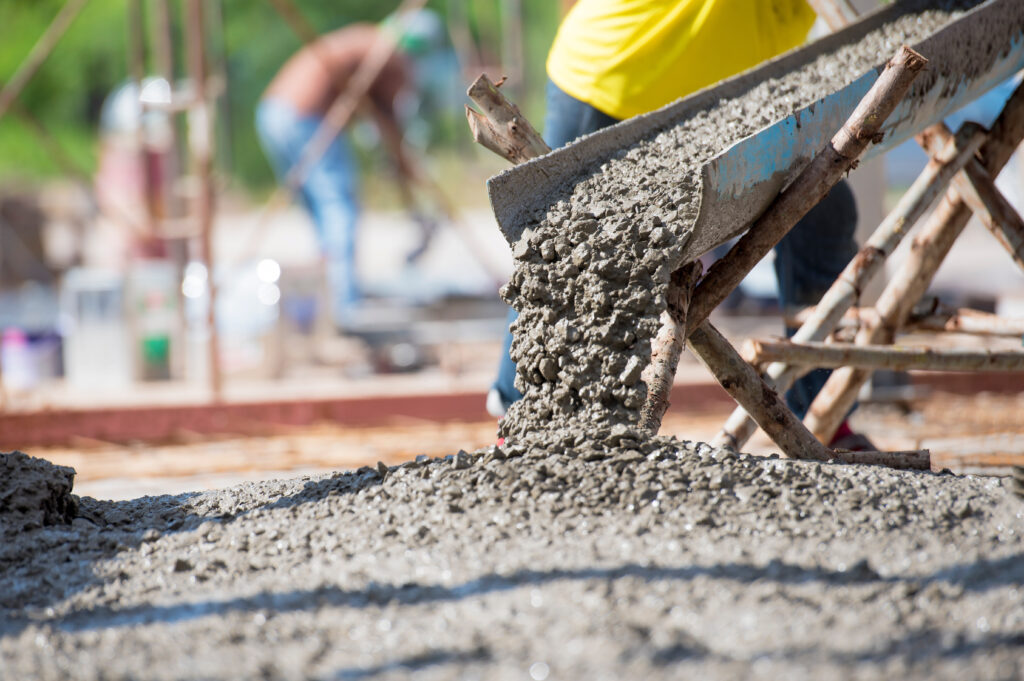
Concrete is one of the most commonly consumed products on the planet, second only to water. 4.4 billion tons are produced annually and is projected to increase to 5.5 billion by 2050. Its durability, strength, and cost-effectiveness have made it a go-to for builders for centuries. Structures made from concrete can last for generations. But at what cost? If you’ve read our blog on The Truth About Concrete and The Environment, you know there are plenty of reasons to make the switch to more eco-friendly alternatives. From the excessive carbon emissions produced throughout the manufacturing process to its water intensity, the obstacles created by concrete production are beginning to outweigh the benefits of the end product. So what else can builders use? Keep reading to find out!
The Truth About Concrete and The Environment

Humanity has used concrete to build, protect and fortify communities for centuries. Made from a mixture of cement, water, sand, and gravel, its durability and cost-effectiveness have made it one of the most popular mediums for everything from the world’s largest construction projects to homemade decorative vases. As time has passed and new building techniques and technologies have been invented, the recipe for concrete has been tweaked and modified to fit the needs of different projects. This has allowed concrete to become one of the most versatile and commonly used building materials available.
5 Tips for a More Sustainable Yard

Did you know that the type of lawn you have can contribute to global warming and significantly impact energy and water consumption? It’s true! From overwatering to using gas-powered lawn mowers and spraying chemical fertilizers, there are several ways in which your lawn care routine could wreak havoc on the environment. So what is there to do? When guests visit, your lawn is the first chance to make a first impression. Thankfully there is no need to stress; you can make many simple and easy changes to reduce your lawn’s effect on the environment while keeping it healthy and beautiful. Let’s dive in and explore some tips and tricks to help you create a beautiful, eco-friendly yard!
The Power of Trees

Trees are incredibly important in the fight against climate change. They play a pivotal role in reducing the greenhouse effect by absorbing and storing carbon dioxide through photosynthesis. Through this process, trees help to reduce the number of greenhouse gasses that build up in the atmosphere, consequently mitigating the effects of climate change exponentially. In fact, trees are often even referred to as “carbon sinks” because of the incredible amounts of CO2 they can absorb and store throughout the course of their lives.
Battling Food Waste in High-Rise Apartments
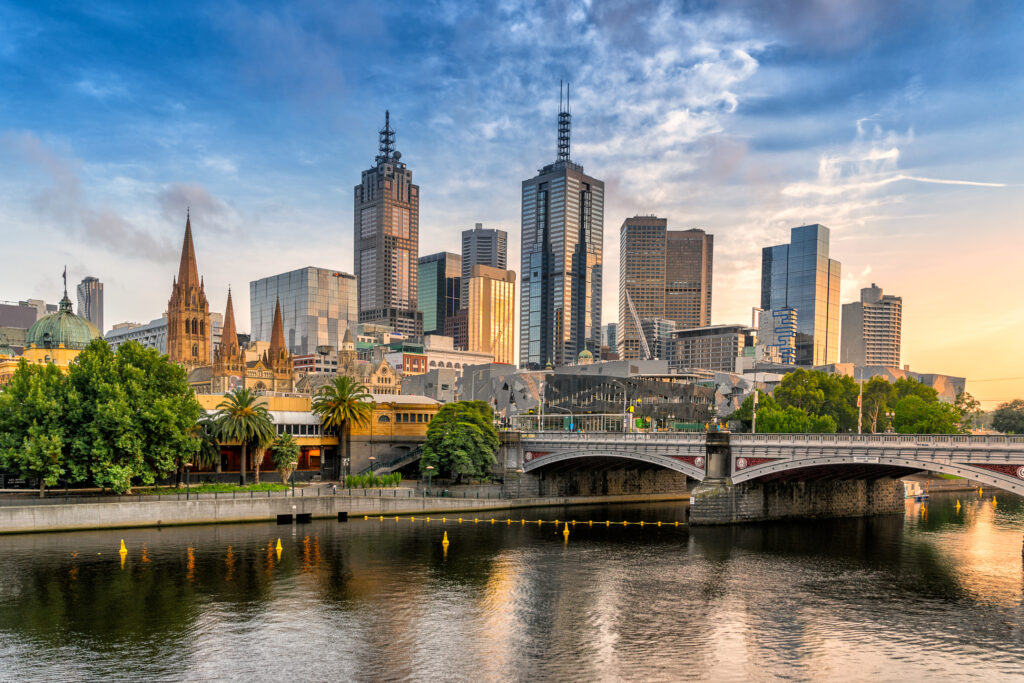
The challenges we face regarding access to food have evolved drastically from the occasional inconsistency of hunting and gathering to the laborious hours needed to maintain a farm to the modern-day hassle of finding time to go to the grocery store or get your food delivered to your door. Thanks to modern energy and revolutionary technological advances such as those that brought us the refrigerator, artificial preservatives, and genetically engineered or GMO crops, humanity has successfully created an international food system where people can happily indulge in their favorite meals from a comfortable distance, far from the source of the fruits, vegetables, meats, and grains that end up on their table.

